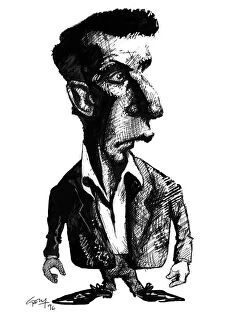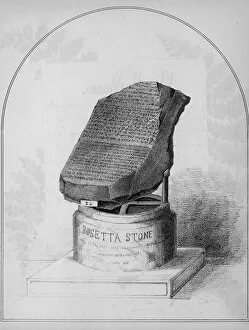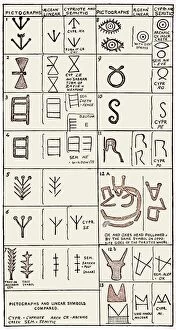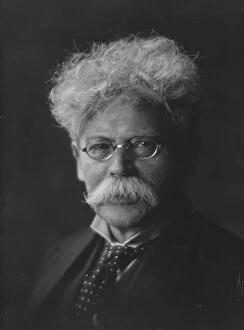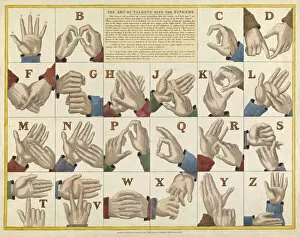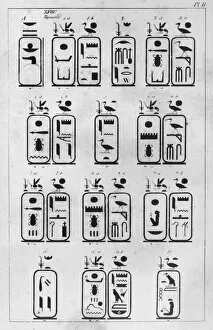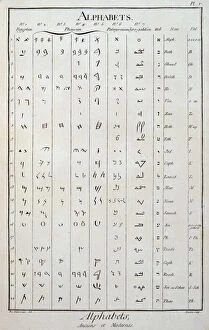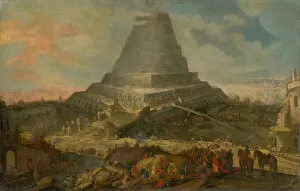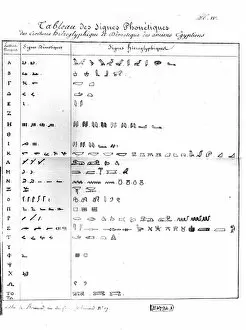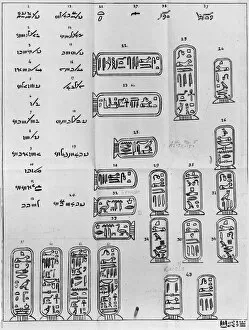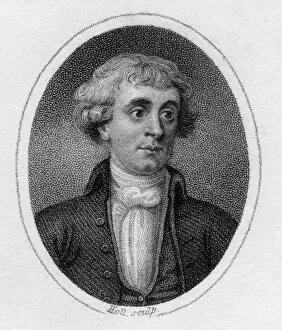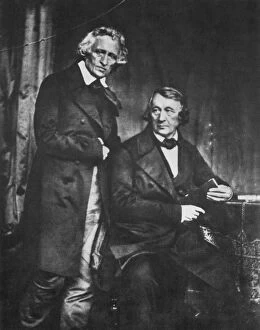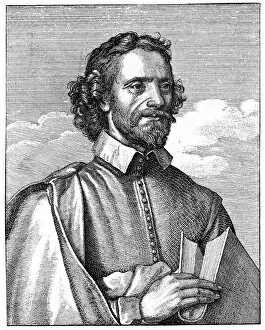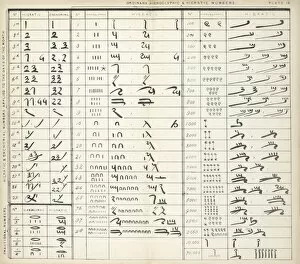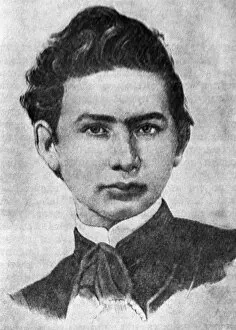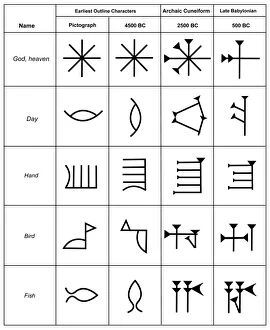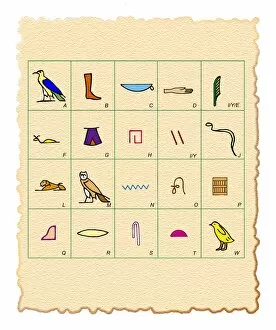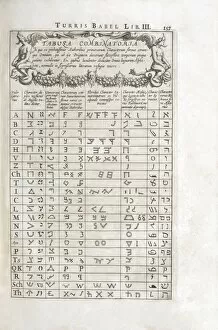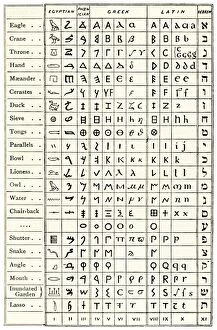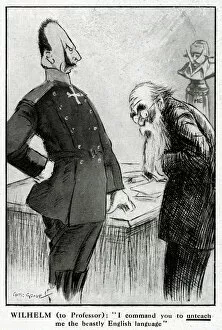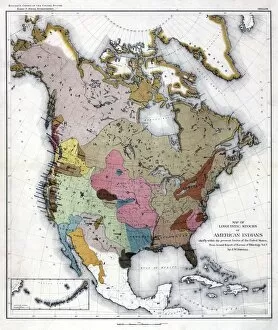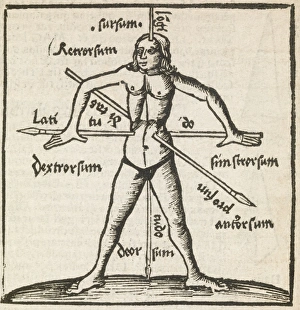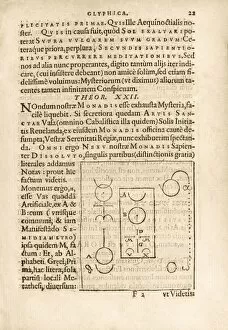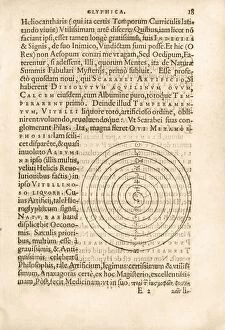Linguistics Collection
"Linguistics: Unraveling the Threads of Language" Embark on a journey through the fascinating world of linguistics
All Professionally Made to Order for Quick Shipping
"Linguistics: Unraveling the Threads of Language" Embark on a journey through the fascinating world of linguistics, where words become windows to understanding our complex human communication. From Ludwig Wittgenstein's profound insights to caricatures that capture language in amusing ways, this field offers endless intellectual exploration. In "Science Allegorised, " witness how linguistics is beautifully intertwined with other disciplines, revealing its role as a key pillar in unraveling the mysteries of human cognition and behavior. Marvel at the development of the English alphabet, an evolution that shaped written expression across centuries. Discover the Rosetta Stone, an ancient artifact that unlocked lost languages and paved the way for deciphering Egyptian and Assyrian counting systems. Delve into Steven Pinker's groundbreaking work as a Canadian psychologist who sheds light on language acquisition and its impact on society. Travel back in time with Pendeltons Lithography's 1835 engraving showcasing the Cherokee Alphabet, a testament to linguistic diversity within indigenous cultures. Admire "The Tower of Babel, " an oil painting from 1563 depicting humanity's quest for unity amidst linguistic differences. Explore alternative forms of communication like "The Art of Talking with Fingers" depicted in C. 1825 colored engravings or dive into Diderot and d'Alembert’s L'Encyclopédie featuring ancient alphabets from around the world - each telling stories about cultural heritage and innovation. Witness history unfold through a letter addressed to French Ambassador Pierre de Blacas d', highlighting how language connects nations even during diplomatic exchanges. Linguistics serves as both an art form and scientific pursuit – it unravels linguistic complexities while celebrating diverse expressions worldwide. Join us as we unravel these threads that bind humanity together through words spoken, written, signed or engraved throughout time.

